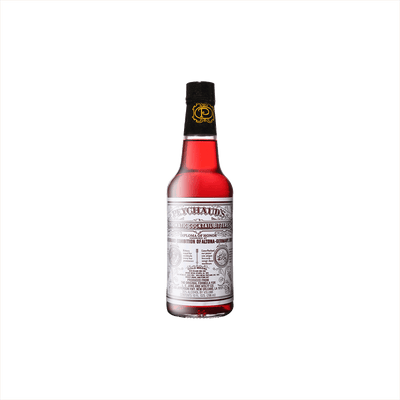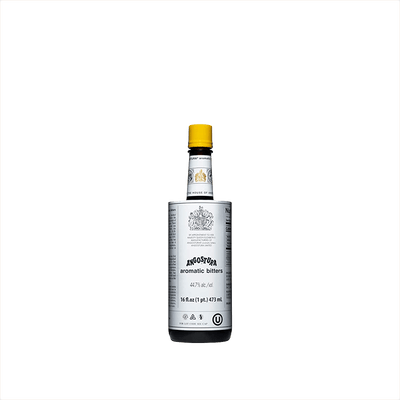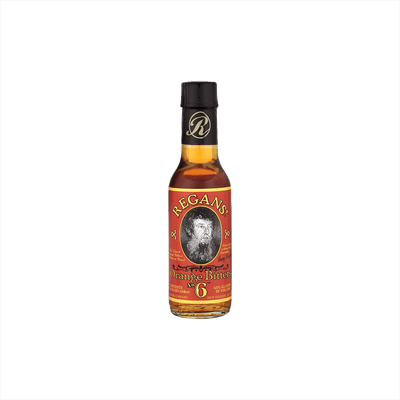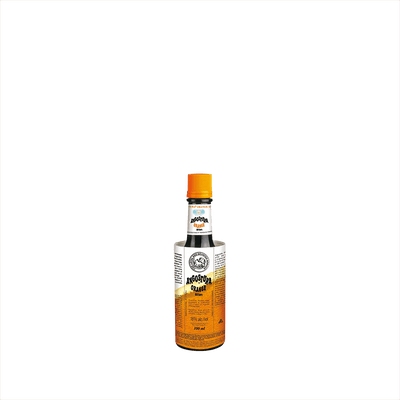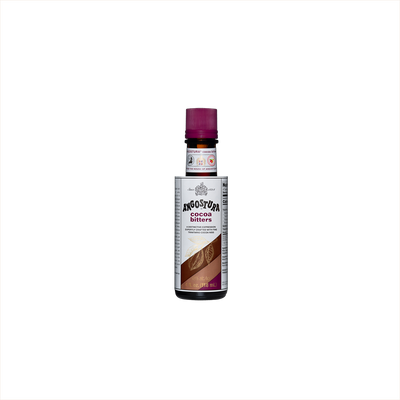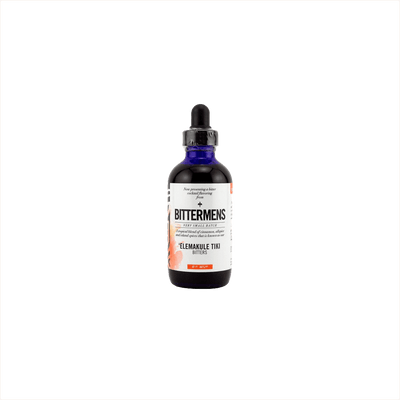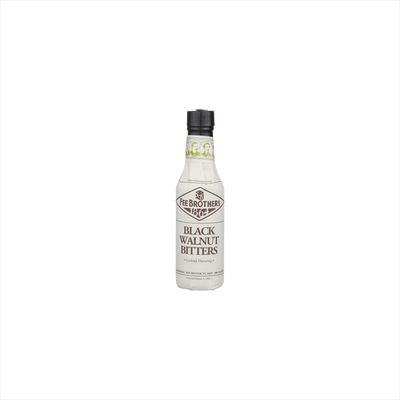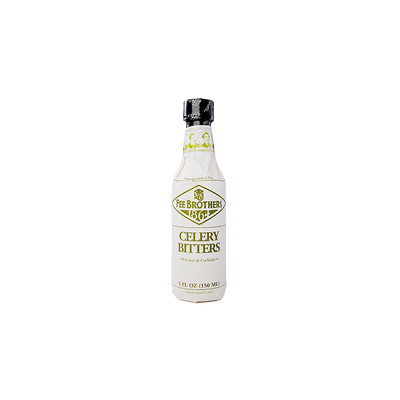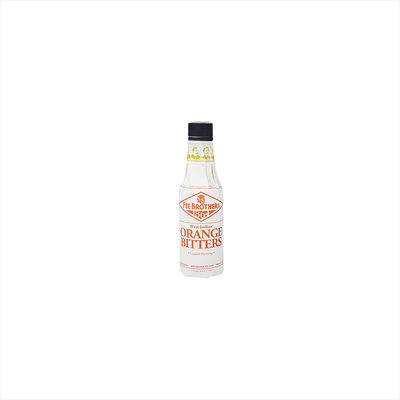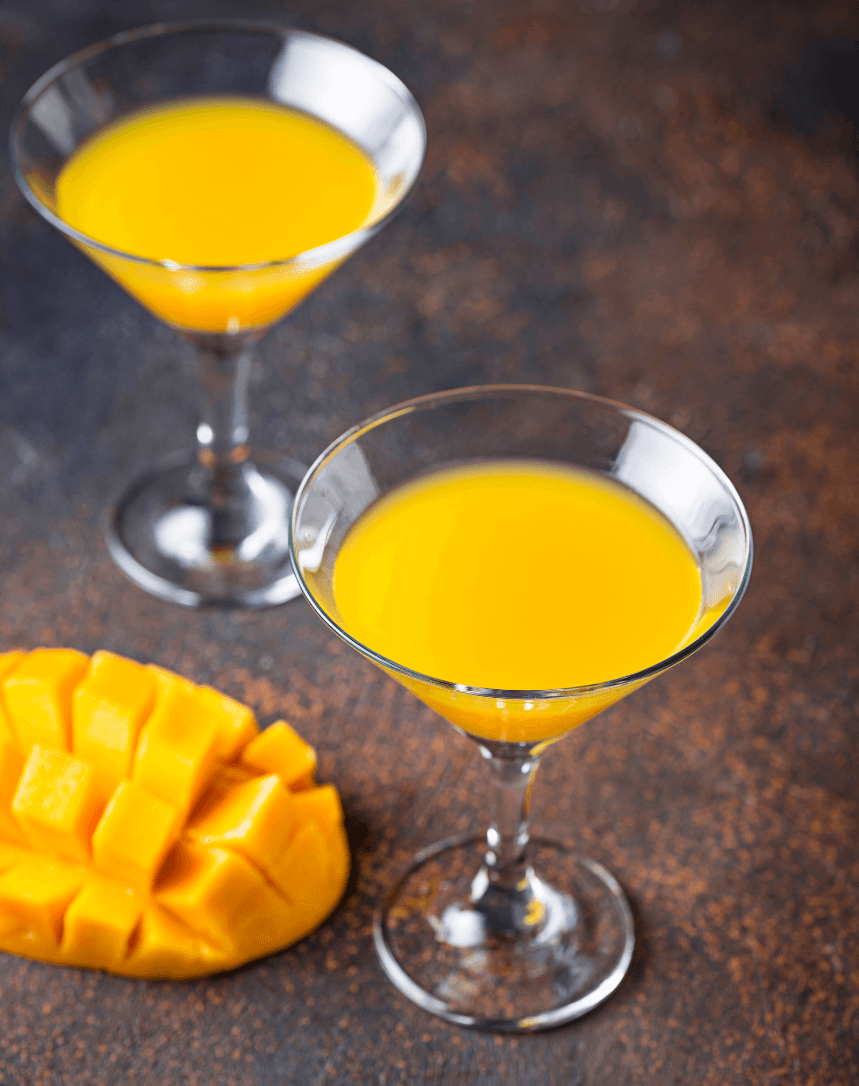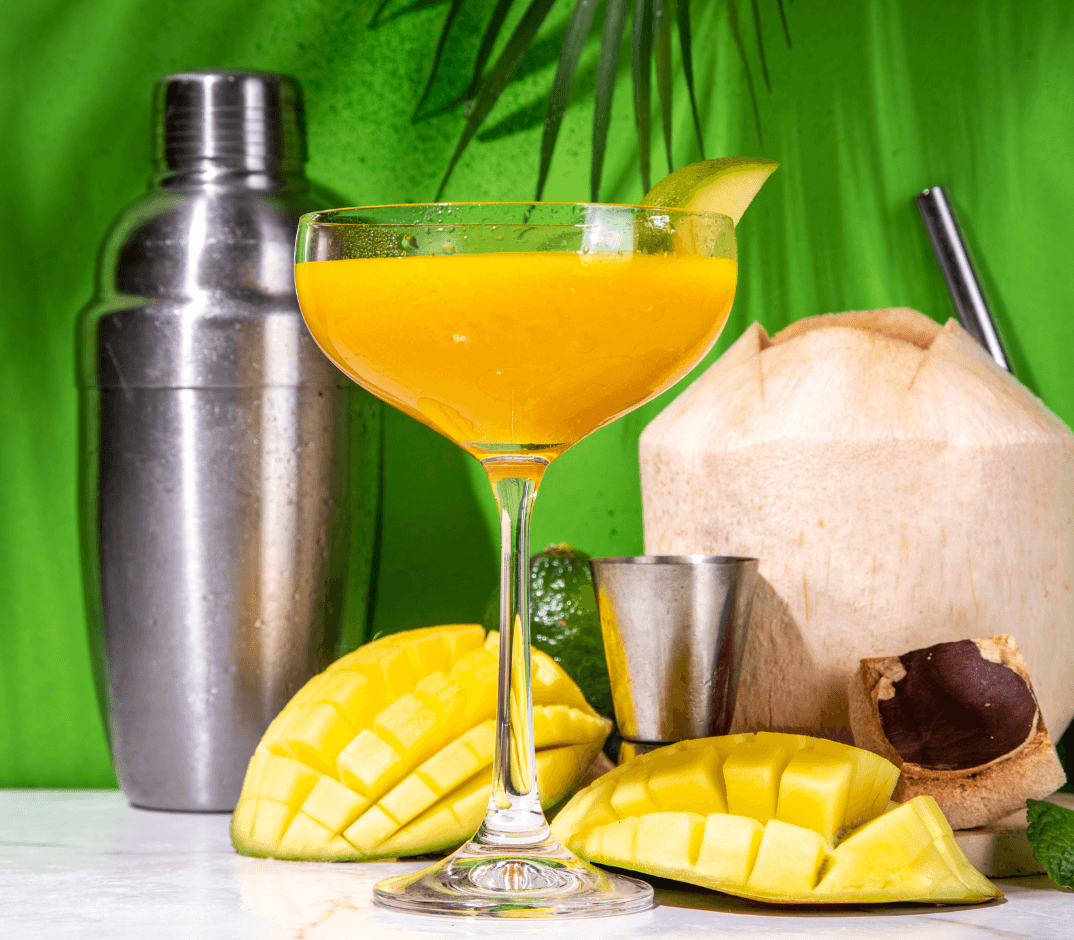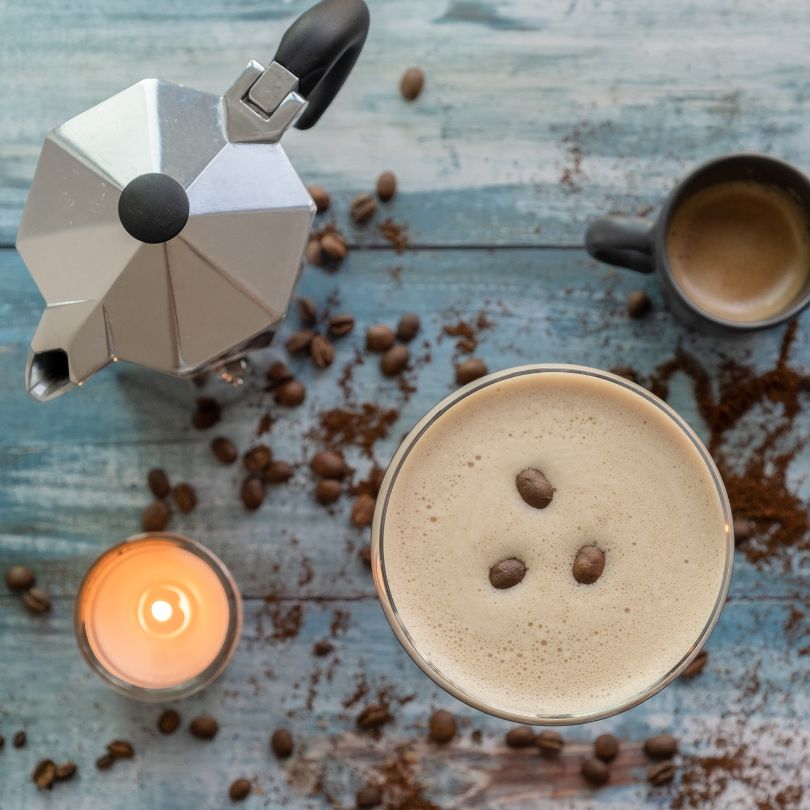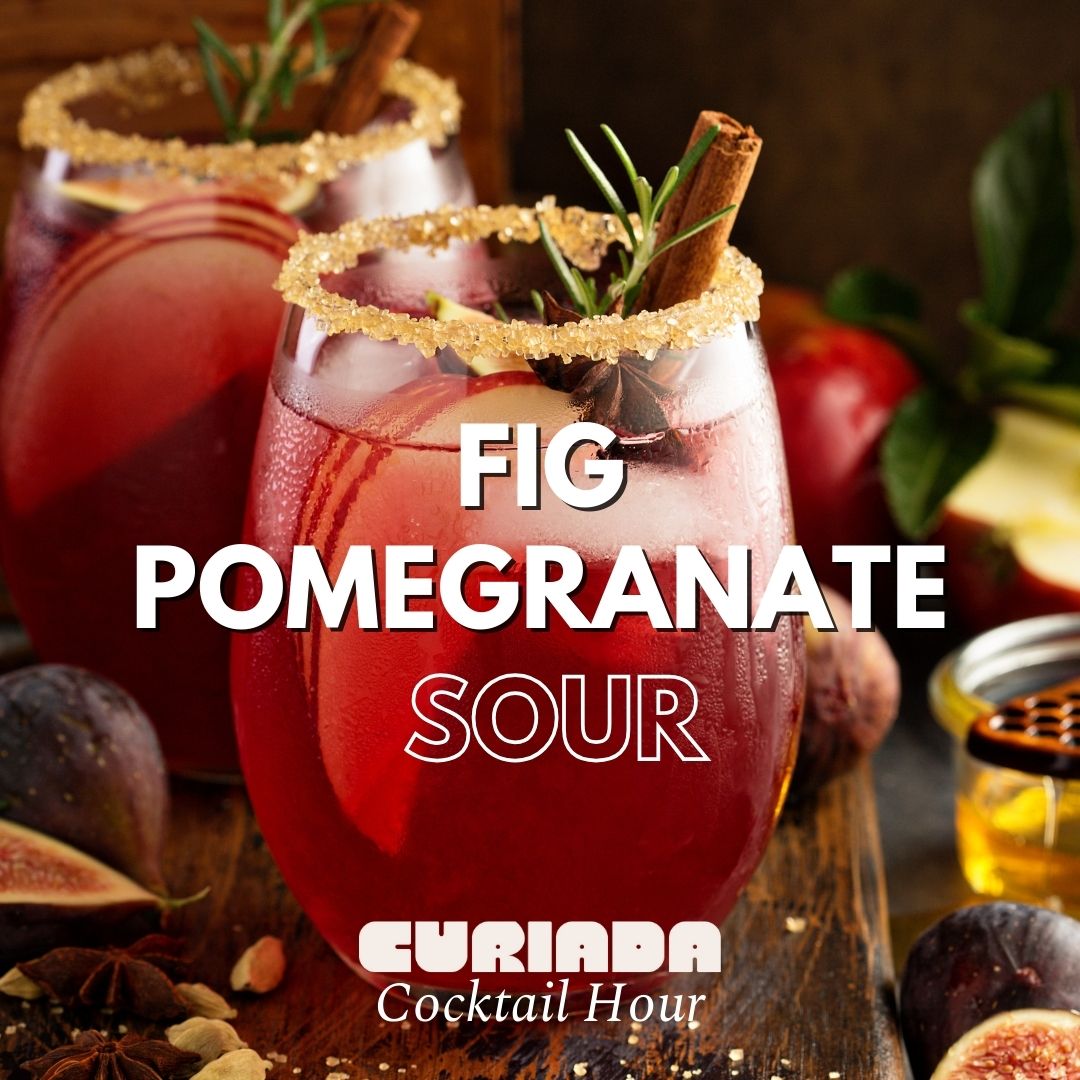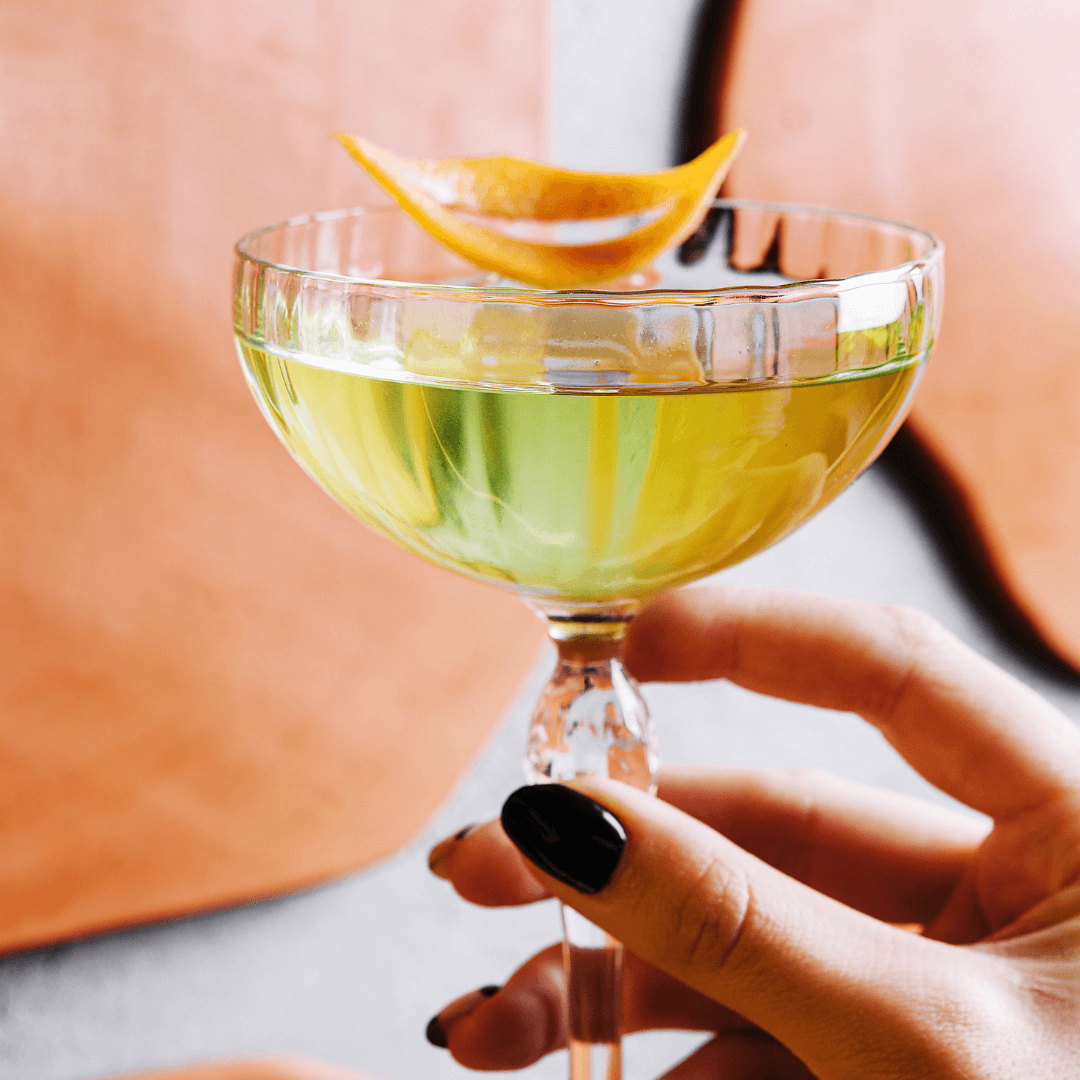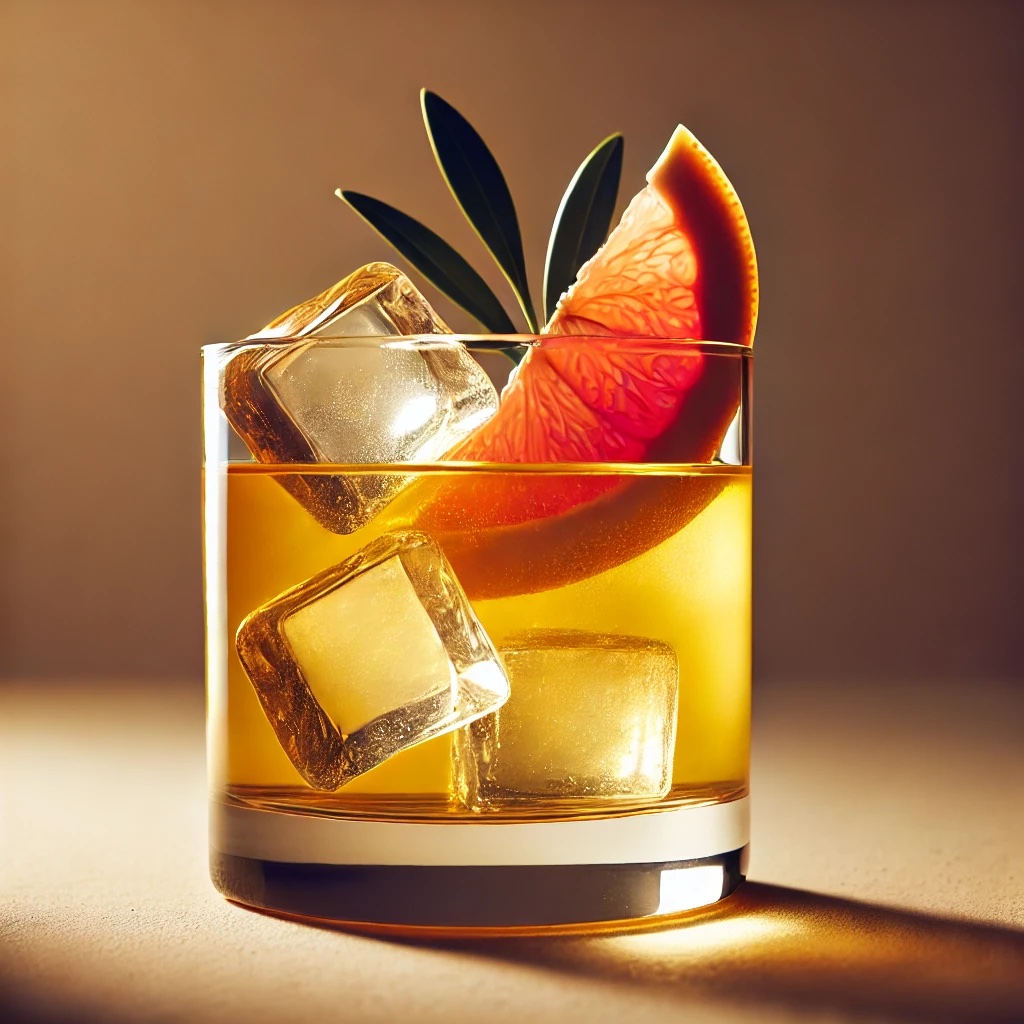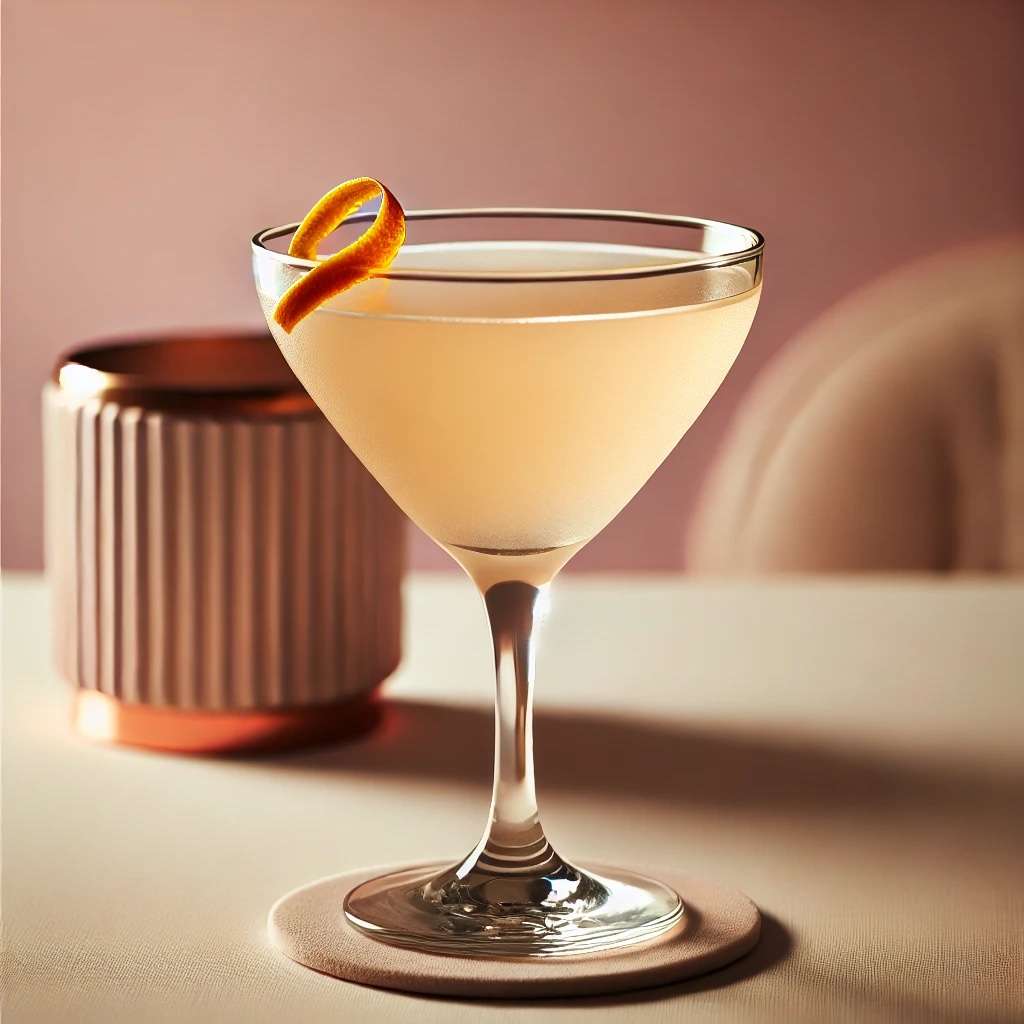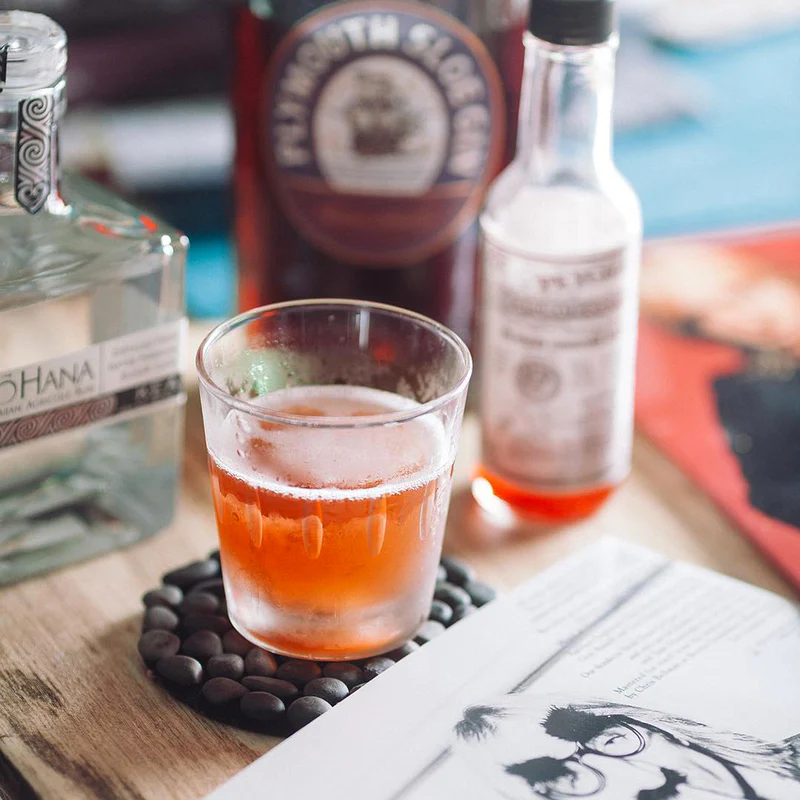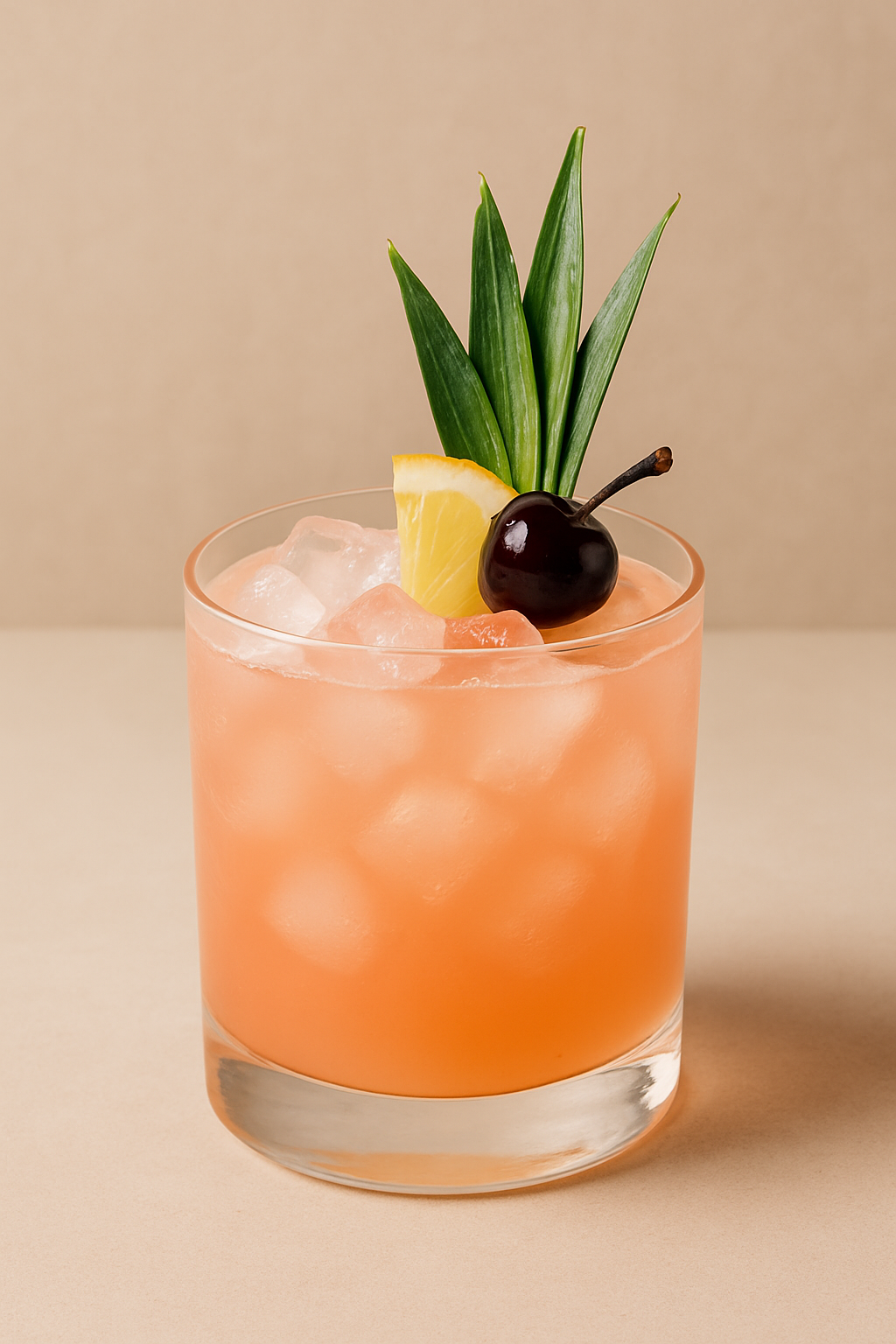Bitters
What are Bitters?
Bitters are concentrated flavor extracts made by infusing high-proof alcohol with botanicals like roots, bark, herbs, and spices, creating intensely flavored liquids that fall into the Spirits category. These aromatic compounds serve as the seasoning salt of the cocktail world, used in just a few dashes to add complexity and balance to drinks. What defines bitters is their concentrated nature and bitter flavor profile, which comes from ingredients like gentian root, wormwood, or cinchona bark, making them essential tools for any serious home bartender's arsenal.
Learn More About Bitters
What are the different types of Bitters?
Bitters are typically segmented into three main categories: aromatic bitters (like Angostura and Peychaud's), which serve as the backbone of classic cocktails with their complex blend of herbs and spices; citrus bitters, which add bright, zesty notes and work beautifully in gin and whiskey drinks; and specialty or flavored bitters that focus on specific ingredients like chocolate, lavender, or walnut. Aromatic bitters bring depth and binding qualities that marry other flavors together, while citrus varieties provide that pop of brightness that can lift an entire cocktail. Specialty bitters let bartenders paint with very specific flavor brushes, adding everything from smoky undertones to floral aromatics that can completely transform a drink's character.
How are Bitters made?
Bitters are created through a process of steeping botanicals like herbs, spices, roots, and bark in high-proof alcohol for weeks or months, allowing the spirit to extract all those concentrated flavors and aromatic compounds. The mixture gets strained, often multiple times, and may be aged further to marry the flavors before bottling at around 35-45% alcohol by volume. Each producer guards their specific recipes and timing closely, but the basic method remains the same – it's essentially creating a potent tincture that captures the essence of dozens of different plants in every small bottle.
What do Bitters taste like? What do Bitters bring to a cocktail?
Bitters pack an intensely concentrated punch of herbal, spicy, and often medicinal flavors that can range from sweet and fruity to earthy and root-like, depending on their botanical blend. Think of them as the seasoning salt of the cocktail world - just a few dashes add complexity and depth that ties all the other ingredients together. They provide balance by tempering sweetness, adding aromatic intrigue, and creating that satisfying "something special" that makes you pause and wonder what makes the drink so compelling.
How do you drink Bitters? In what kind of cocktails do Bitters shine?
You don't typically drink bitters straight—think of them as the salt and pepper of the cocktail world, used in dashes to add complexity and balance to your drinks. Bitters work their magic in classic whiskey cocktails like Old Fashioneds and Manhattans, where just a few drops can tie together sweet and strong flavors beautifully. They also shine in modern craft cocktails where bartenders use different varieties like orange, chocolate, or walnut bitters to add unexpected depth and aromatic intrigue to everything from gin sours to rum punches.
What are fun ways to drink Bitters?
Bitters can absolutely star in creative boozy treats beyond the classic cocktail dash – try making Angostura bitters jello shots with a splash of rum for a sophisticated twist on the party staple, or freeze bitters-spiked simple syrup into adult popsicles that deliver complex herbal notes with every lick. In the dessert world, a few drops of chocolate or orange bitters can transform everything from ice cream to chocolate truffles, while baking enthusiasts love adding walnut or cherry bitters to brownies and cakes for an unexpected depth that keeps people guessing about that mysterious flavor note.
How have Bitters been depicted in culture?
Bitters have long carried a reputation as mysterious medicinal elixirs in popular culture, often portrayed as the secret ingredient that transforms both cocktails and characters in classic literature and film. From the snake oil salesmen of the Old West peddling their "miracle cures" to the sophisticated bartenders in noir films who knew that a few dashes could fix more than just a drink, bitters have symbolized both dubious remedies and genuine craftsmanship. Modern culture has seen them gain status as artisanal must-haves, appearing in everything from food magazines to social media posts as markers of cocktail sophistication and culinary knowledge.
Nutritional Information
Typical Calorie Range per Ounce: 5-15 calories
Typical Carbohydrate Range per Ounce: 1-3 grams
Typical Sugar Range per Ounce: 0-2 grams
Typically Gluten Free: Yes
Most bitters are naturally gluten-free since they're made from botanicals, herbs, and spices rather than grains. That said, some brands may use grain-based alcohol in their production process or add ingredients that contain gluten. Always check the detailed product information and labels to confirm gluten-free status, especially if you have celiac disease or severe gluten sensitivity.
Scrolled this far? Your reward? Bitters Trivia!
- Angostura bitters gets its signature oversized label because of a 19th-century mix-up between two brothers. One brother was tasked with designing the bottle, the other with creating the label. They never coordinated their work, and when production began, nobody wanted to admit the mistake. The "error" became so iconic that changing it now would feel like sacrilege to bartenders worldwide.
- Peychaud's bitters was originally sold as a medicinal cure in New Orleans apothecary shops during the 1830s. The creator, Antoine Amédée Peychaud, served his "medicine" mixed with cognac in small cups called "coquetiers" – which English-speaking customers mispronounced as "cocktails." That's right: bitters didn't just help create cocktails, they gave cocktails their name.
- During Prohibition, Angostura bitters remained completely legal to purchase because it was classified as a medicine, not alcohol. Clever drinkers discovered they could buy bottles of bitters and mix them with ginger ale or lemon-lime soda to create a surprisingly drinkable "Pink House" cocktail that flew under the radar of federal agents.
- Orange bitters nearly went extinct in the mid-20th century. By the 1980s, classic cocktail recipes calling for orange bitters became impossible to recreate authentically because no major producer made them anymore. Fee Brothers single-handedly saved orange bitters from disappearing by reintroducing their version in the 1990s, sparking the craft cocktail renaissance we know today.
- Trinidad produces a bitters so intensely concentrated that bartenders use it as the base spirit rather than a modifier. Angostura bitters from Trinidad clocks in at 44.7% alcohol – stronger than most whiskies. The "Trinidad Sour" cocktail uses a full ounce of Angostura bitters as its foundation, creating a drink that tastes like liquid spice cake with a serious kick.
Gift message (optional)

